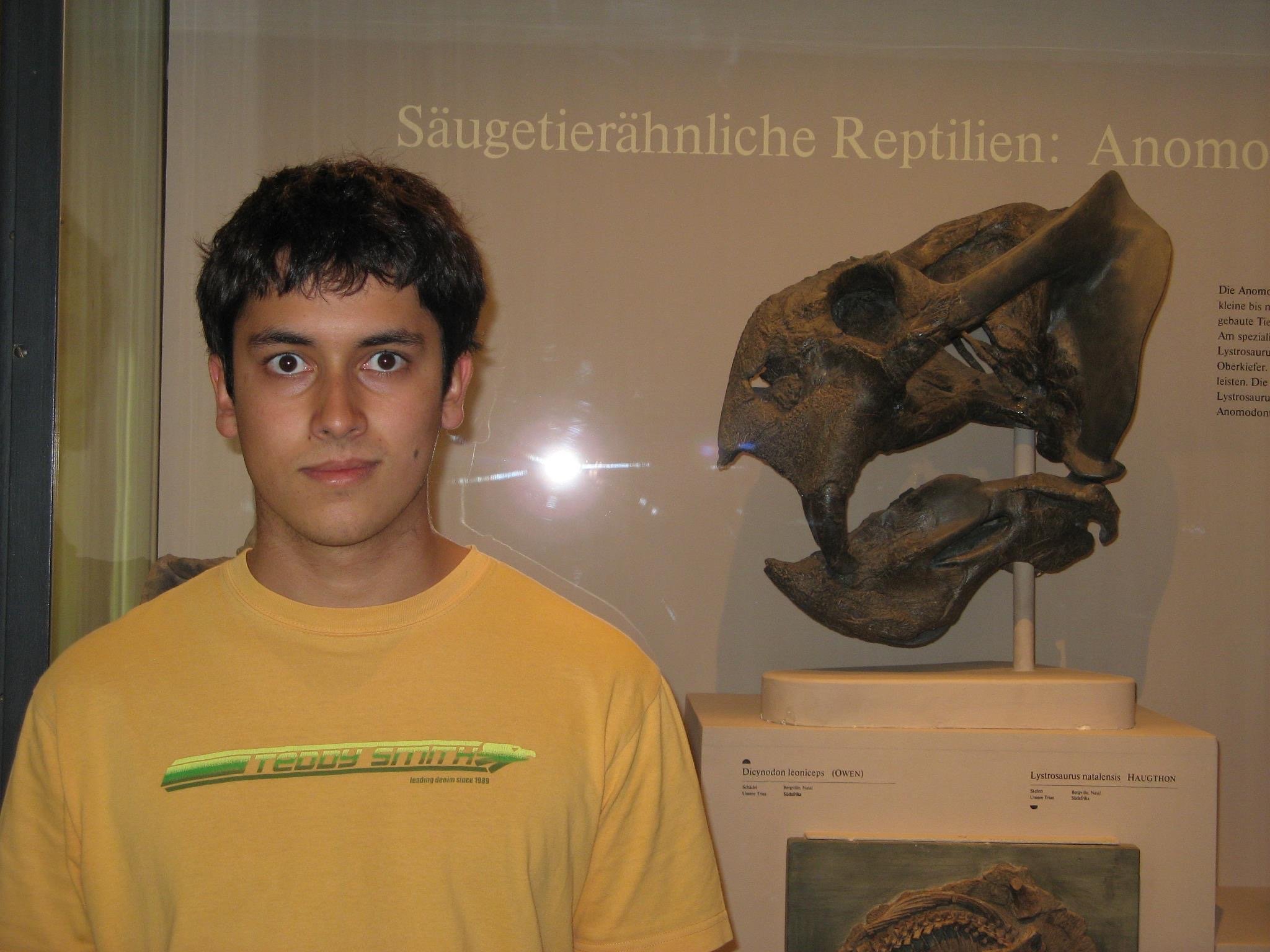#SVPCA2021 @SVPCA2021 talks are over. Field trips and workshops to come. But right now putting my feet up by the canal. An absolutely fantastic set of talks, wonderful combo of zoom and gather for the conference. In general, fantastic experience.
Exciting times in early reptile study recently. First, we have Ford et al (incl @jonahchoiniere, @vinfernand and @BensonLabOxford) redescribing Paliguana, finding it to be the earliest stem lepidosaur (group containing snakes, lizards and Tuatara) https://t.co/2JHc3qbTM2
First parareptile from the Pedra de Fogo formation. Yet another addition to the ever expanding terrestrial fauna in the early Permian of Brazil. Paper by Cisneros et al (incl @Synapsida ) https://t.co/PKrd5zaJvy
Anyway, back to Spindler's paper. They provide a new reconstruction of the smushed skull, calling into question a number of the characters previously used to support the therapsid affinity. They decide its a pelycosaur, but more primitive than I found, outside sphenacodontids
Also a slightly dark turn when it comes to the artwork: the corpse of Remigiomontanus, having been washed into a lake, gets its head bitten off by a xenacanth shark
Question for mammal-lovers: This pic is a skull of Aotus lemurinus (Gray-bellied night monkey) from the Smithsonian. Can anyone familiar with them give me an idea of what the scale bar is ~likely to be? Just a rough idea from knowledge of how big they usually are







